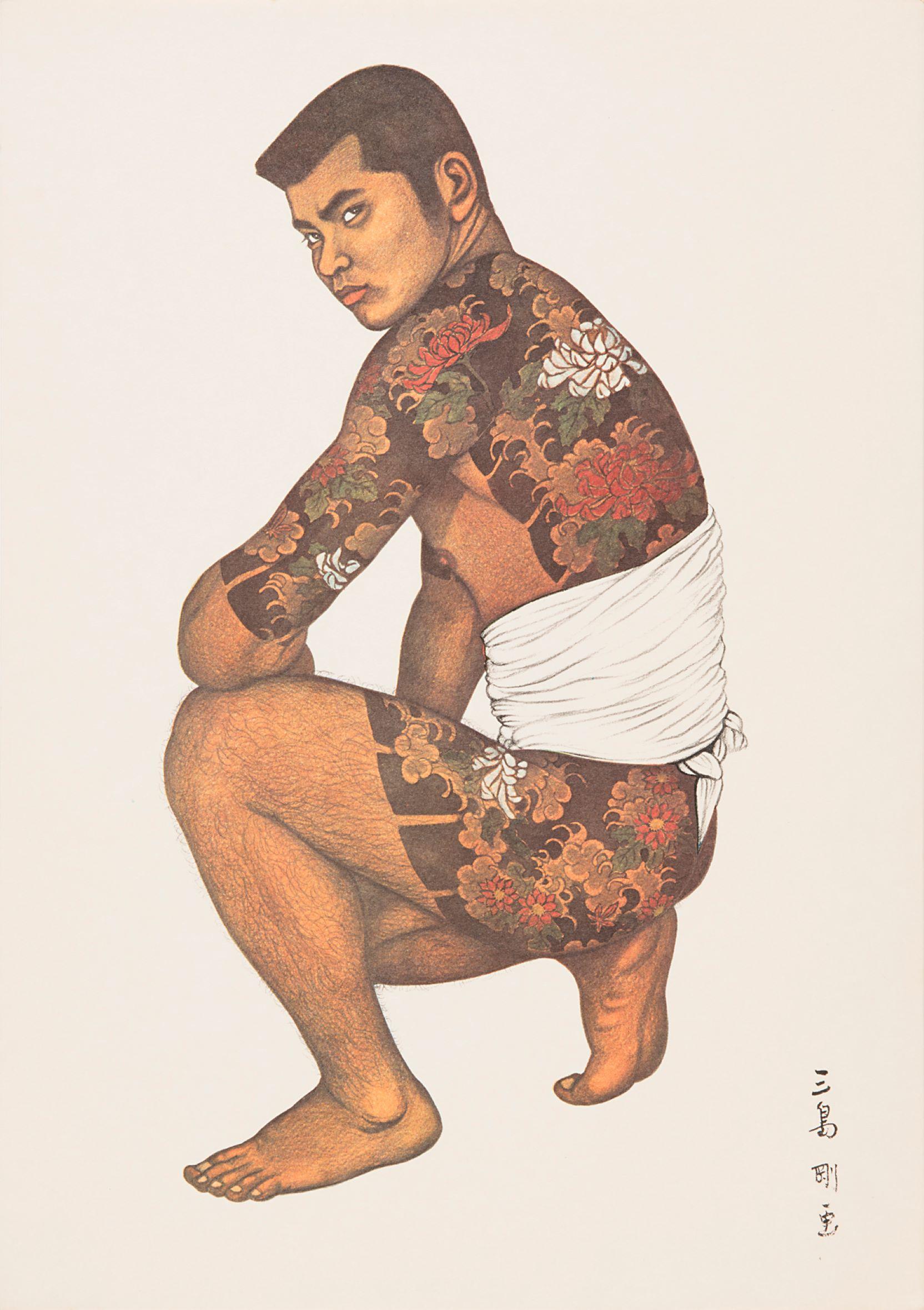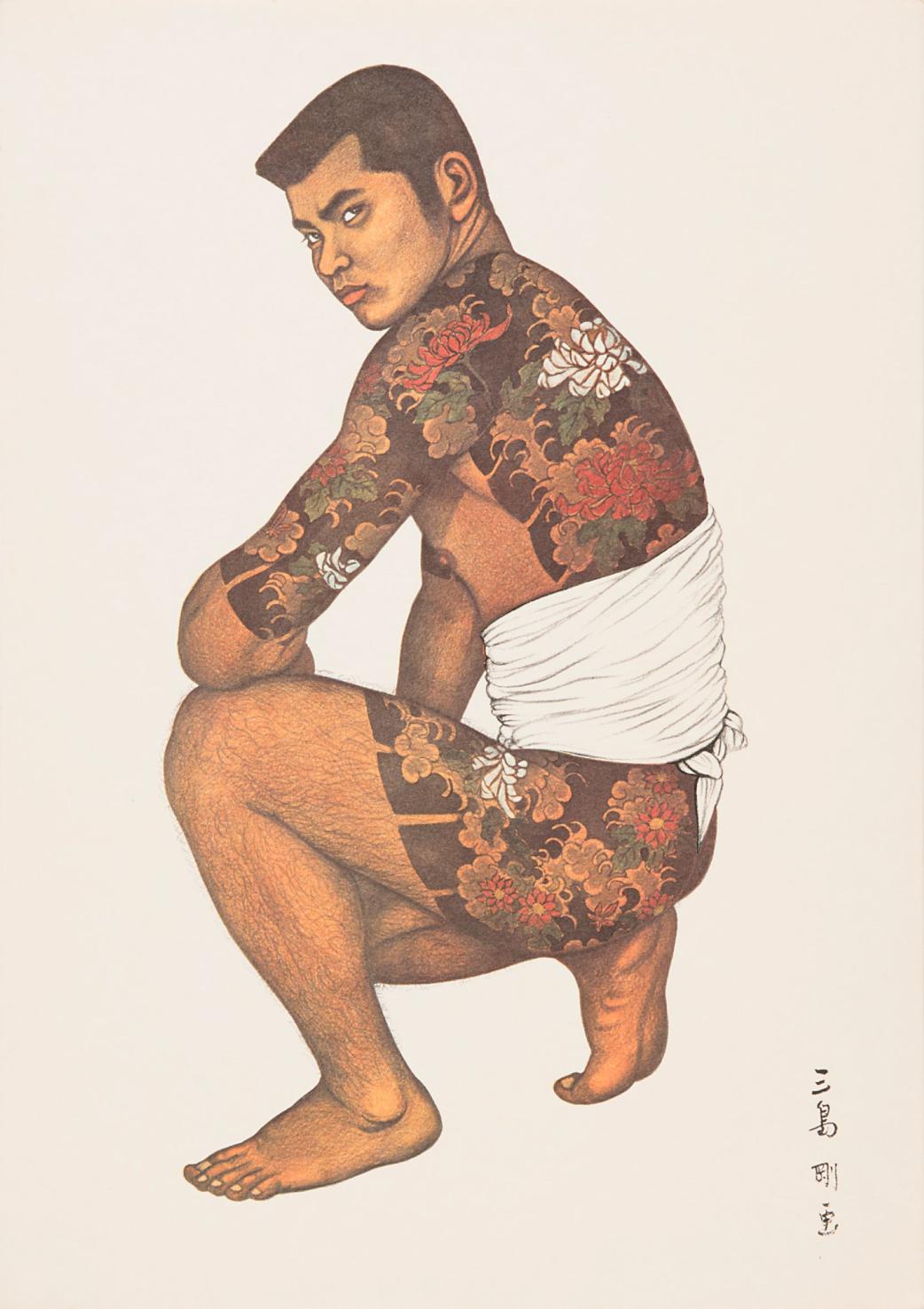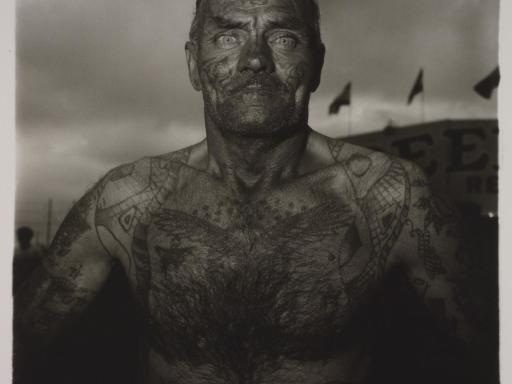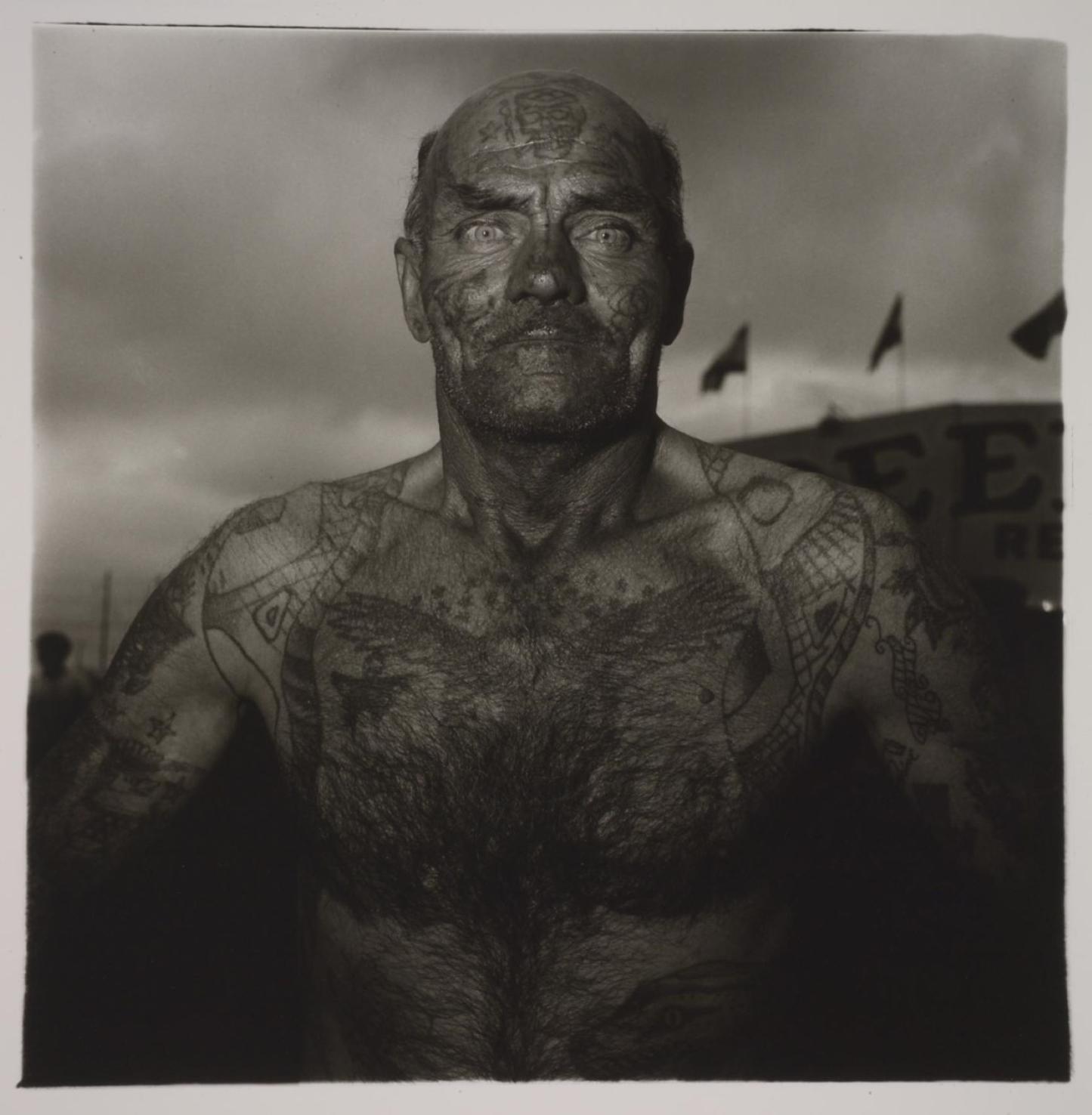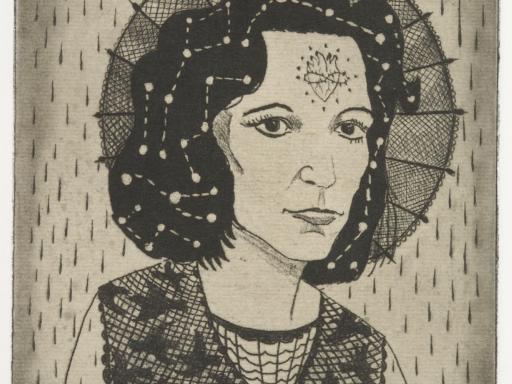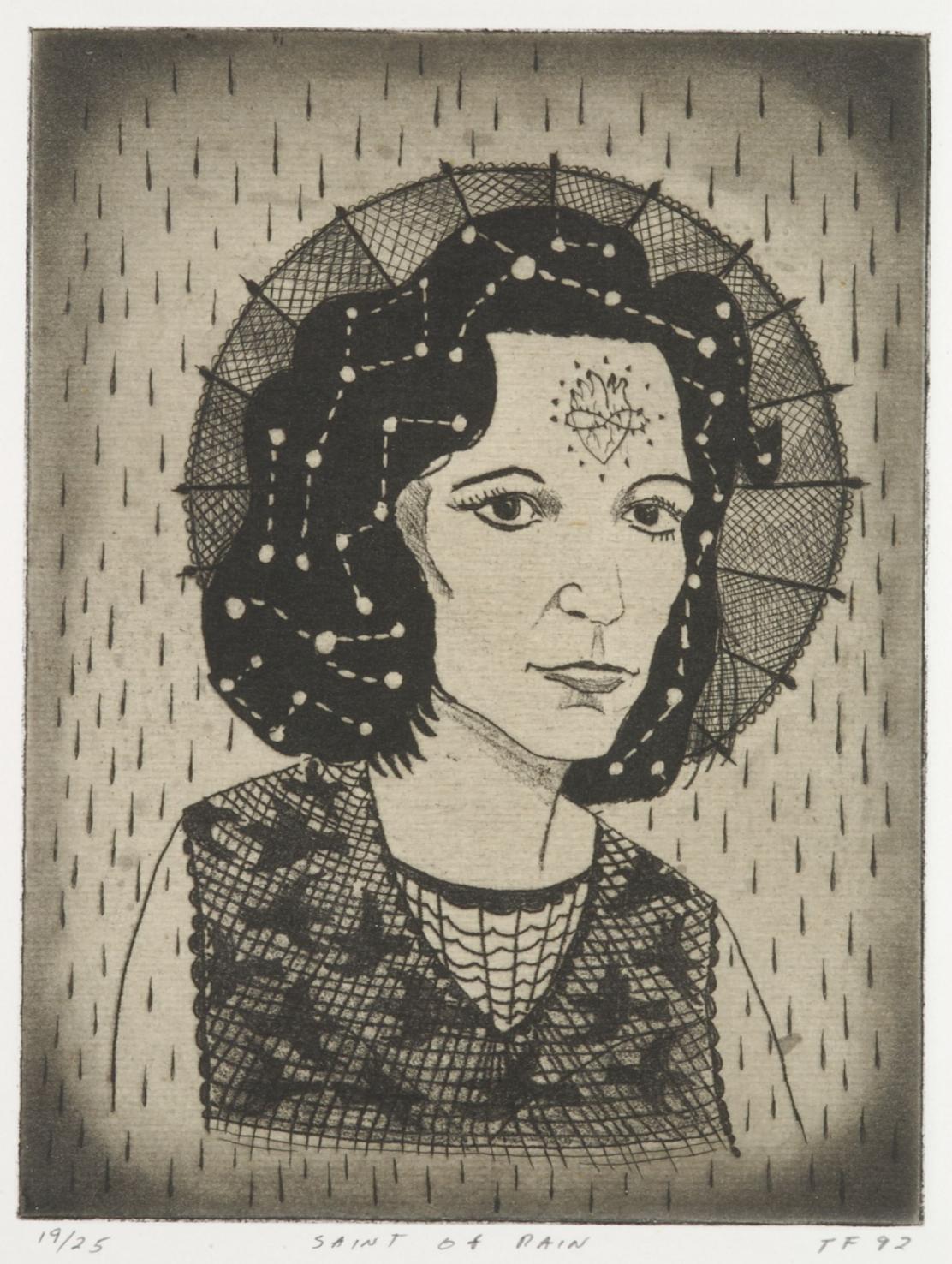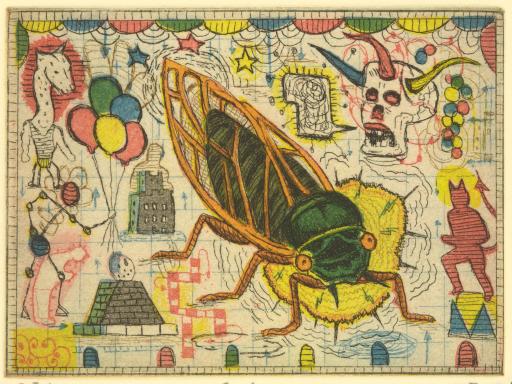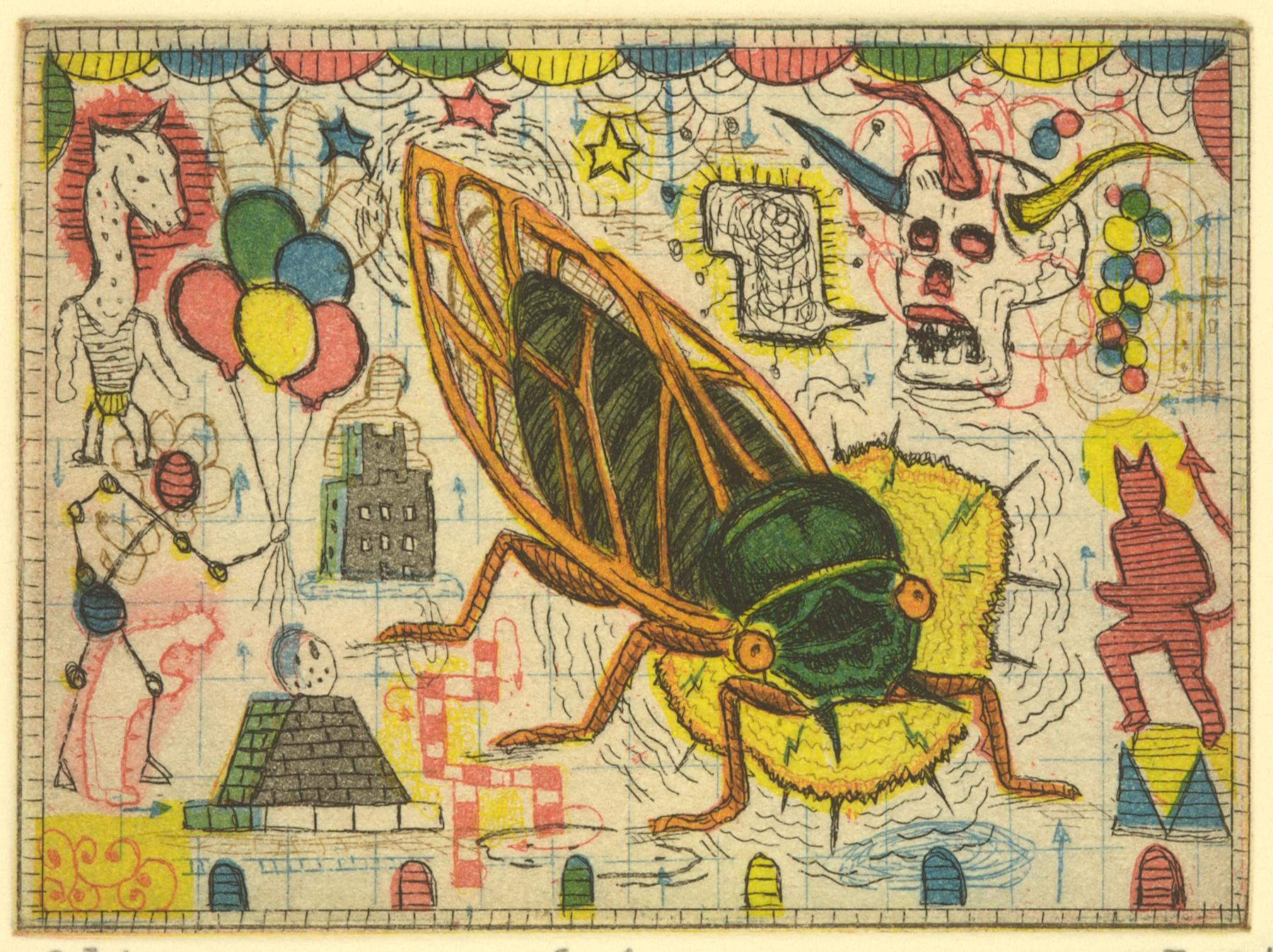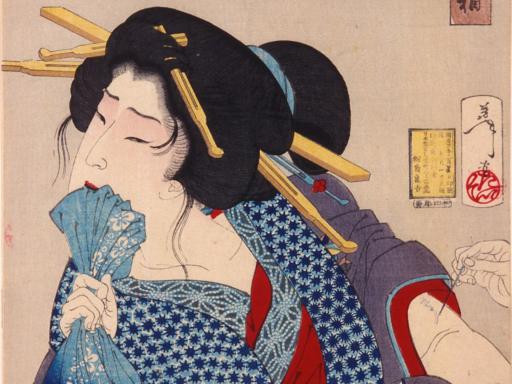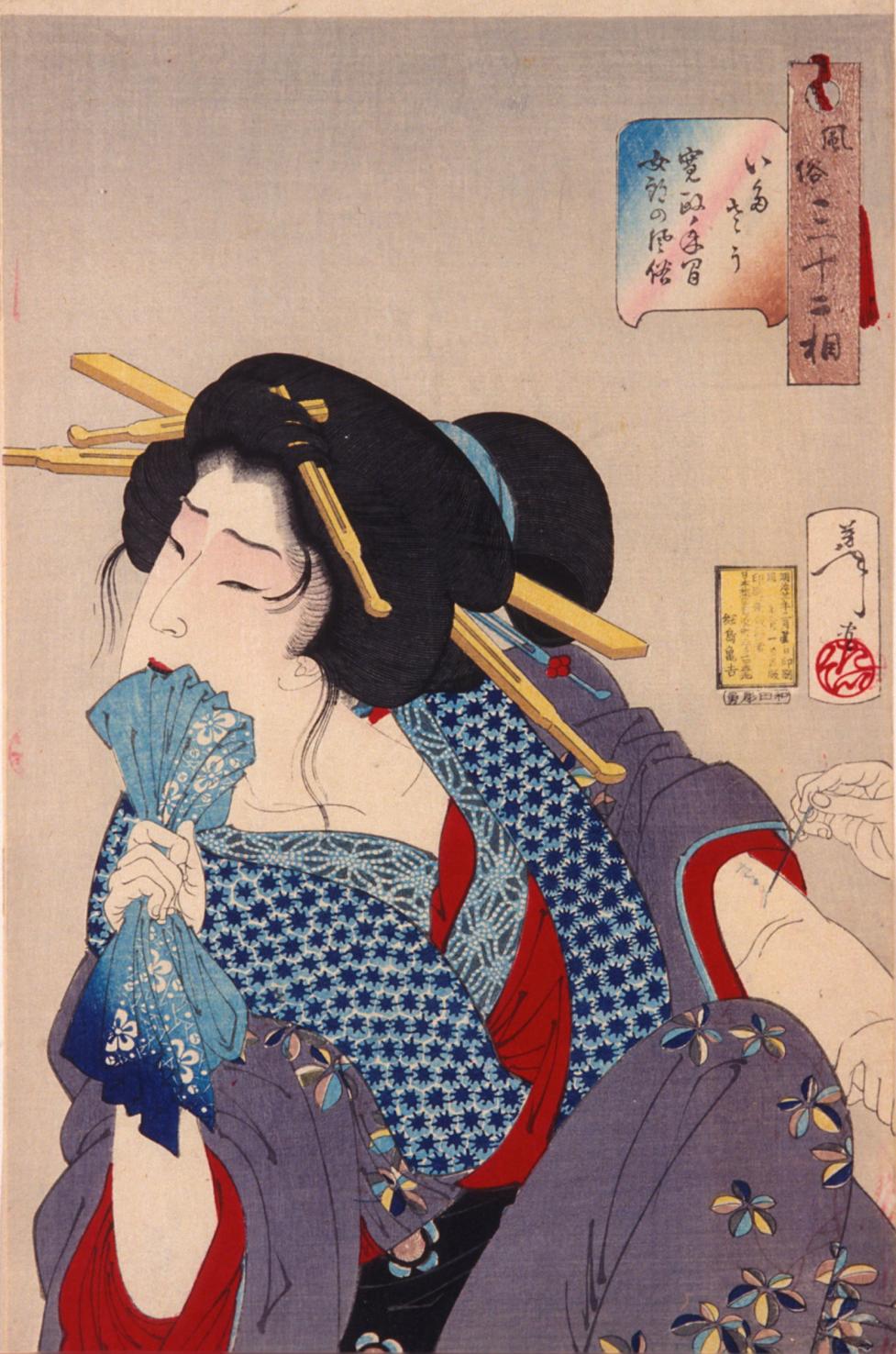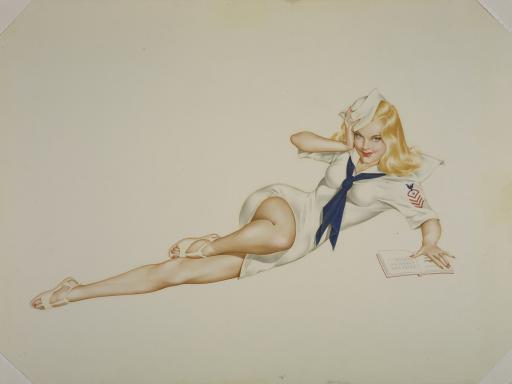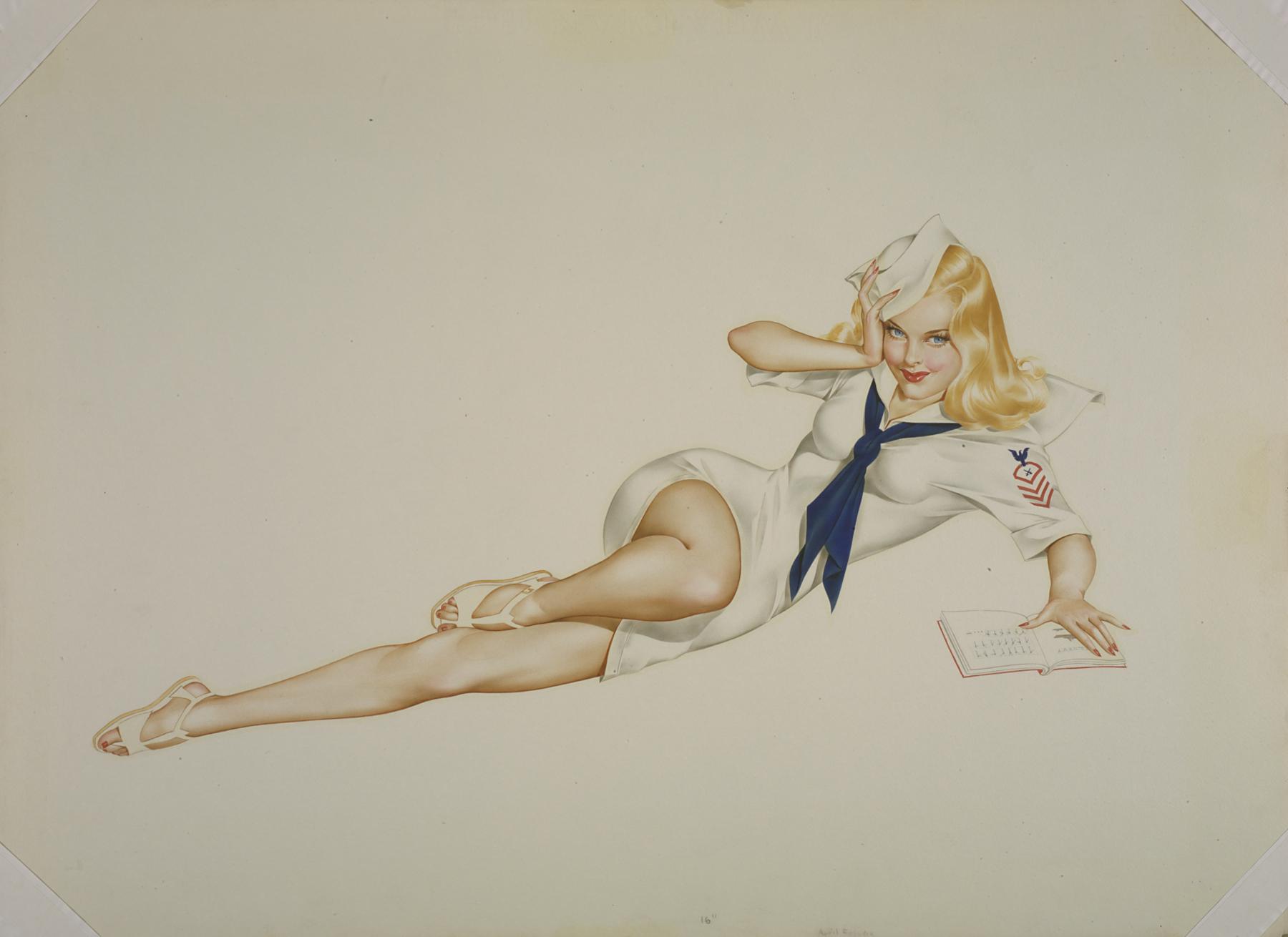Inked Bodies
Larry & Barbara Marshall Family Balcony
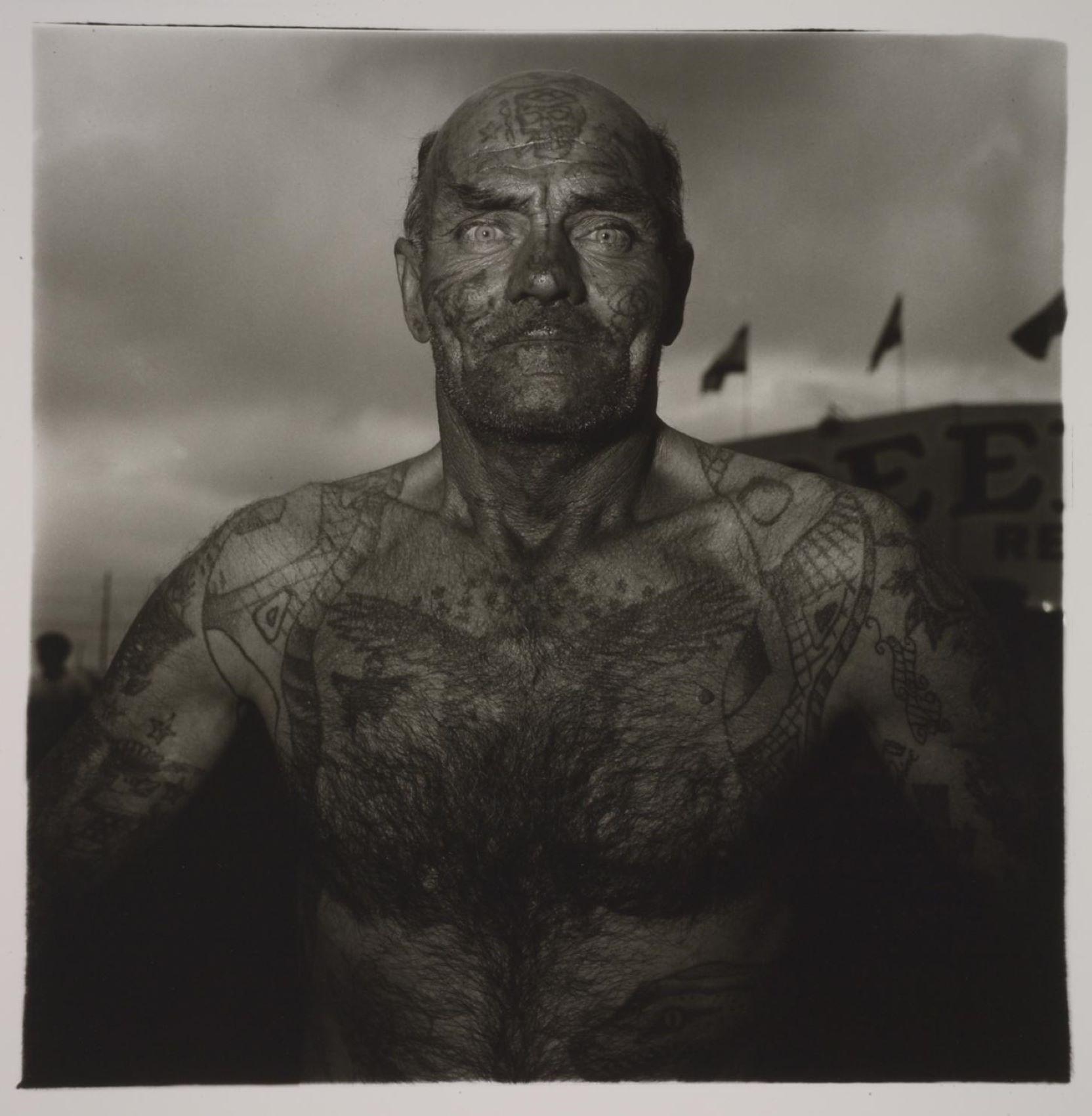
Diane Arbus, Tattooed Man at a Carnival, Md., 1970, Museum purchase, 1985.0202
Supporters
This exhibition is co-developed with a diverse group of advisors, including Lawrence-based textile artist and educator Marla A. Jackson; Kansas City community arts advocate Rose Bryant; Kimberli Gant, Curator of Modern and Contemporary Art at the Brooklyn Museum; and Toronto-based Anishinaabe-kwe Indignenous art curator and artist Wanda Nanibush.
Research and planning for the project are made possible by numerous grants, including from the National Endownment for the Arts, RC Kemper Jr. Charitable Trust and Foundation, Art Dealers Association of America Foundation, and the Every Page Foundation.
